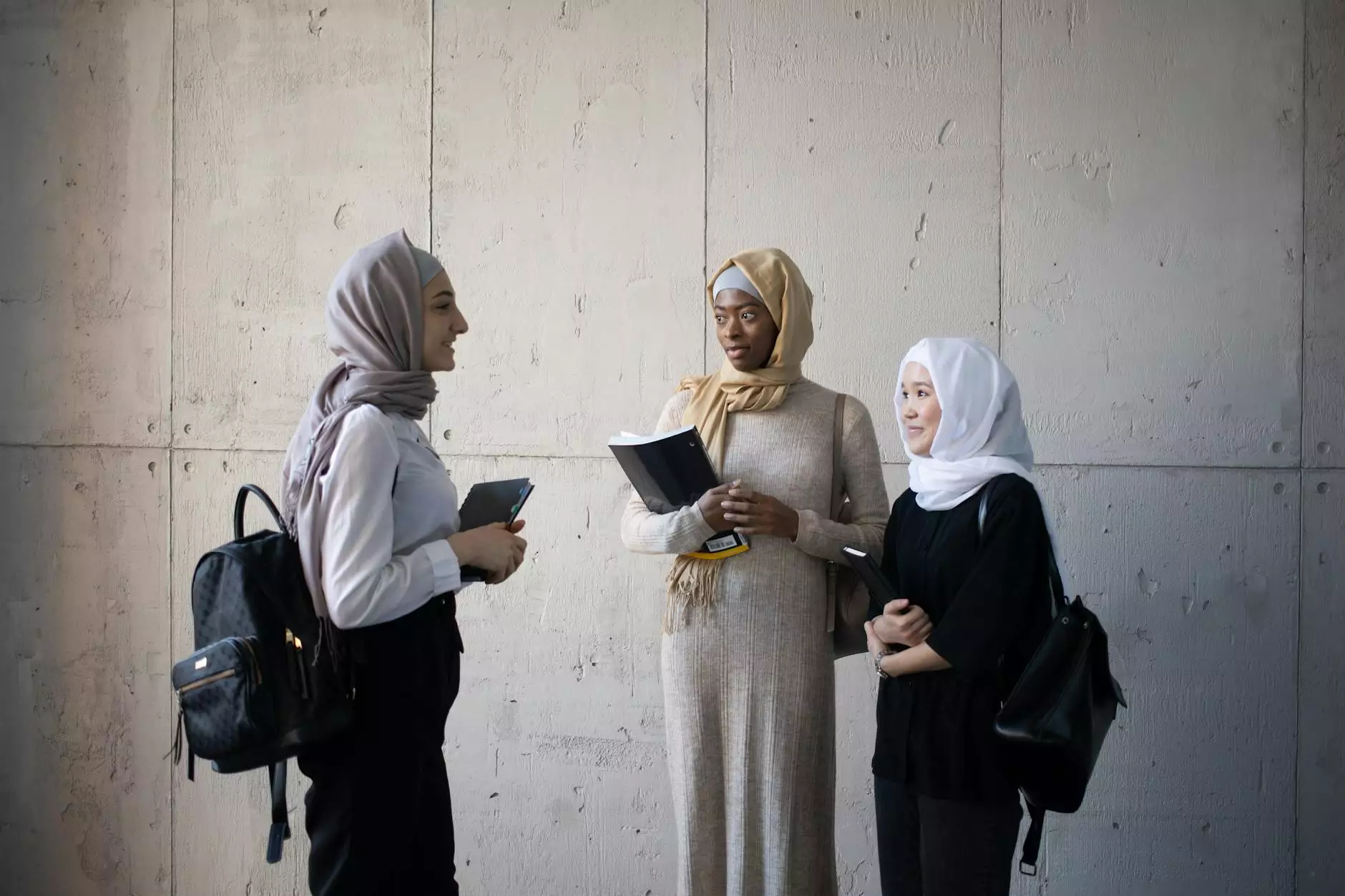How to Achieve Culturally Responsive Teaching

Introduction
In today's diverse classrooms, it is crucial for educators to adopt culturally responsive teaching practices to ensure that every student feels valued and included. Culturally responsive teaching goes beyond acknowledging and appreciating cultural differences – it involves actively integrating students' diverse backgrounds, experiences, and identities into the teaching and learning process. By implementing culturally responsive teaching strategies, educators can create an inclusive and engaging learning environment that promotes academic success and nurtures students' socio-emotional well-being.
The Benefits of Culturally Responsive Teaching
Culturally responsive teaching has numerous benefits, both for students and educators. When students see their cultures and identities represented in the curriculum, it enhances their sense of belonging and motivation to learn. It helps build positive relationships and trust between students and teachers, leading to improved academic outcomes and increased student engagement.
For educators, culturally responsive teaching provides an opportunity to expand their teaching repertoire, deepen their understanding of diverse cultures, and develop strong cultural competency skills. It allows teachers to tap into the prior knowledge and experiences of their students, making learning more relevant and meaningful.
Key Principles of Culturally Responsive Teaching
To effectively implement culturally responsive teaching, educators should consider the following key principles:
- Valuing Students' Cultural Backgrounds: Recognize and appreciate the cultural diversity within your classroom. Value students' unique experiences and perspectives, and use them as valuable resources for teaching and learning.
- Creating Inclusive Curriculum: Ensure that the curriculum reflects the diverse cultures and experiences of your students. Incorporate multicultural literature, diverse perspectives, and real-world examples to make learning more relatable and meaningful.
- Establishing Positive Classroom Environment: Foster a safe and inclusive classroom environment where students feel respected, supported, and empowered to express their opinions and share their cultural identities.
- Building Relationships: Develop strong relationships with your students based on trust, respect, and cultural sensitivity. Understand and appreciate their cultural backgrounds, interests, and aspirations.
- Adapting Instructional Strategies: Modify instructional strategies to meet the diverse learning needs and preferences of your students. Incorporate different modalities, collaborative activities, and culturally relevant teaching materials to engage all learners.
Implementing Culturally Responsive Teaching Strategies
1. Getting to Know Your Students
Begin by getting to know your students on a personal level. Take interest in their cultural backgrounds, traditions, and languages. Create opportunities for students to share their stories and experiences. Encourage open dialogue and foster an environment where students feel comfortable expressing their identities.
2. Incorporating Culturally Relevant Materials
Integrate culturally relevant materials into your curriculum. Use books, articles, and multimedia resources that reflect the diverse backgrounds and experiences of your students. This allows students to see themselves represented in the learning materials and encourages a deeper understanding of different cultures.
3. Including Multiple Perspectives
Promote critical thinking and empathy by incorporating multiple perspectives in your lessons. Discuss various cultural viewpoints on historical events, literature, and social issues. Encourage respectful dialogue and help students develop a broader understanding of the world around them.
4. Providing Multilingual Support
If you have students who are English language learners or speak different languages at home, provide multilingual support whenever possible. This could include translated materials, bilingual resources, or peer support from students who are fluent in multiple languages.
5. Creating Collaborative Learning Opportunities
Emphasize collaborative learning and group activities that encourage students to work together across cultural boundaries. This promotes teamwork, cooperation, and the appreciation of diverse perspectives. It also helps students develop valuable communication and problem-solving skills.
6. Incorporating Culturally Responsive Assessments
Ensure that your assessments align with culturally responsive teaching practices. Offer multiple ways for students to demonstrate their understanding, such as oral presentations, visual projects, or written assignments. This allows students to showcase their knowledge and skills in ways that are comfortable and meaningful to them.
Conclusion
By embracing culturally responsive teaching, educators can create an inclusive and empowering learning environment that celebrates diversity and promotes equity. It is through the integration of students' cultural backgrounds and experiences that we can unlock their full potential, nurture their love for learning, and prepare them to thrive in a diverse and interconnected world.










